平凡的生活物件對大島來說,每樣都是特別的,這也是他創作的靈感與媒材來源。24歲的大島拓郎是新生代的創作者,作品主要是改造日常物件、二手商品或孩童玩具,並結合手工電子透過簡易與巧妙的改造傳達他對生活的想法與人群的連結,因此給人平易近人與充滿童真的感受。
早先大島在鈴鹿工業高等專門學校就讀,主要是研究發展新的馬達系統。2013年時,參觀 IAMAS 前輩們的畢業展覽之後,接觸很多新的有趣的想法之外,也開啟他對 DIY 與 FabLab 的興趣。
FabLab 是一種新型態的個人製造工業,自己製造與自行使用,也是實現想法和創造力很好的一種管道。從探索日常生活中的物件出發,了解物件運作的原理,進而幫助製造或改造作品的結構;而如此改造過後的作品會更有意思,因為作品能容易地與人產生連結,促使人們進而思考背後相關的議題。
IAMAS 的 FabLab 提供給學生教學與技術上的協助,在學生學習過程中扮演重要腳色之一,因此大島畢業之後決定考取 IAMAS,充分利用所學與 FabLab 提供的資源,持續創造充滿趣味的作品至今。
那為什麼是特別製作聲音方面的作品呢?
大島:如果一個人沒接觸過樂器,就很難主動去觸碰樂器。玩聲音、音樂是一件很快樂的事情,我想要分享它,讓它變得很容易親近、沒有那麼多嚴肅的規則。
My DTM / ぼくのDTM
用玩具火車、磁帶跟兩台老收音機所組成的作品。主要由火車車頭的馬達帶動其他車廂在軌道上運行,每節車廂底部嵌上不同錄音的磁帶,因此透過自由組裝不同車廂來重組聲音,也可以切換軌道控制火車運行到另一個環上,對大島來說,某種程度像似玩具型的DJ台一般。
Twippy / ツイッピー
這個紙杯改造的小青鳥Twippy是一個生活版本的推特,大島將Twippy的製作以及使用方式用漫畫呈現,最後印製成書本並限量發行,書中的漫畫也模擬了許多使用Twippy鳥的各種情境,僅有購買書本的人了解其中Twippy鳥發聲的暗號與協議。基於隱私理由,人們通常將推特帳號限定於某些朋友或是群體觀看,在現實生活中選擇用Twippy鳥溝通的人,就像是鎖了帳號的人,將網路社群機制惡搞一番,探討網路社群與現實群體之間的差異。
Violinsect + Cyclotron / バイオリンセクト + サイクロトロン
組合自製樂器(Cyclotron)、樂器改造(Violinsect)以及二手玩具(Pink Piano)的表演。其中Cyclotron與Violinsect跟之前的作品原理相似,可看出作品出於同一脈絡,但造型與想法上面有很多的變化;像是Cyclotron同樣是使用接觸式麥克風,但使用鋁架跟彈簧構造,再連接到Loop效果器並錄下現場的演奏,使得聲音更豐富與更多發展性。
Jīn zhū / ブタニコバーン
在日本的神社中,祈禱時必須投擲錢幣,這樣的動作與丟錢幣到存錢筒十分相似。
大島:存錢筒使用傳統金色小豬的造型,象徵傳統的信仰。每當我去神社參拜時,投錢祈求之後,我從來都不知道神聽見了沒,而我摸摸小豬的鼻子像似來拜訪它一般,並且投錢祈禱,幸運的話,我可以得到回應。
作品原理其實很簡單,存錢筒底部段為連結的電源線,當錢幣掉落的位置剛好連結電源,就會形成通路觸發小喇叭發出低頻,使得錢幣不斷跳動(也就是在影片中聽到的反饋聲),直到錢幣離開連結電源的部分斷開通路。
大島有著豐富的想像力與實踐想法的能力,其實也源自每天的觀察、紀錄與實驗,一點一點地累積,所產出的結果,對於大島來說創作並不疲累,而是一種玩樂過程。大島也表示,作品創作技術並未想像中的那麼高,人們就不會因為太困難而放棄嘗試的機會,未來有機會也將開設工作坊將自製日常樂器的做法分享給大家。
Hack Daily Life into Sound Instrument - Playful Life Artist Oshima Takuro
Objects in daily life are all special for Oshima. They are also where his main inspirations and materials coming from. Oshima Takuro, a 24-year-old new generation media art artist, who mainly makes artworks by remaking everyday objects, second-hand stuffs or toys and combines them with hand-made electronics. By easy and clever remakes, which makes his artworks approachable, innocent and friendly, he transmits his idea of life and attempts to connect with people.
Oshima studied in National Institue of Technology, Suzuka College in his early years. His main research was development of new motor system. However, a turning point came to his life when he visited IAMAS graduated exhibition of 2013. The exhibition not only lighted him up with a lot of new ideas, but also started his interest to learn more about DIY and FabLab.
FabLab is a new type of individual manufacturing industry. Creative ideas are realised by means of self-producing and self-using. Start from discovering daily objects, then understand working theories behind them to help make or remake the structure of artworks. This makes artworks even more interesting because they can easily connect to people’s experience, which makes them to think about related issues.
FabLab plays an important role by providing knowledge and technical support in IAMAS students’ learning procedure. After finished his study in Suzuka College, he decided to study his master degree in IAMAS. By using what he learned in IAMAS and resources from FabLab, he continues making delighting artworks until today.
Why do you especially want to make musical/sound works?
Oshima: I comprehend that if a person has never touched an instrument, she/he will afraid to try it. Playing with sound and music brings a lot of fun. I want to share it. I want to make this thing easier and closer to people, without serious rules.
My DTM / ぼくのDTM
It is a work in combination of toy trains, magnetic tapes and two old radios. The locomotive leads other cars with different magnetic tapes embedded under their bottom. People can make their sound settings by assemble cars freely. It also is possible to switch toy train to another track. For Oshima, it is somehow like a DJ setting in toy version.
Twippy / ツイッピー
The small blue bird “Twippy” made of paper cups is a real life version of Twitter. Oshima presented usage instruction of “Twippy” with comic books and published it limitedly. Comics in the book also simulates all kinds of scenario when people use “Twippy”. Only people who bought “Twippy” book know ciphers (sound of the bird) and protocols. For privacy reasons, people usually set their Twitter as private account, with only certain groups or friends are allowed to see their status updates and leave comments. Thus, in real life, people who choose to use “Twippy” are similiar to people who have a private account in Twitter. He played Internet community system to explore differences between social media and real life community.
Violinsect + Cyclotron / バイオリンセクト + サイクロトロン
It is a performance in combination of handmade musical instrument ”Cyclotron”, the transformation “Violinsect” and second-hand toy “Pink Piano”. Obviously, “Cyclotron” and “Violinsect” used similar principles with previous works he made. However, there are a lot of changes in the idea and modeling. For example, “Cyclotron” is composed of contact microphone, but the structure and the way he tried to present are further developed. An aluminum frame and springs were used to build it. During the performance, he plays it with a connection to a loop effector to record live sounds, which makes sound more abundant and expansible.
Jīn zhū / ブタニコバーン
In Japan, a visitor needs to put a coin into a box before he/she prays to god. Putting coins into a piggy bank is somehow a similar behavior.
Oshima: I used a very traditional golden piggy bank. It is a symbol of traditional belief. When I visit temple, I have never known whether god heard me after I prayed. I touch piggy’s noise as like I come to visit it. And then put a coin in. If I am lucky enough, I’ll get some feedbacks.
The structure of the installation is simple. Inside of the piggy, Oshima placed a bare open circuit on the bottom. When the coin drops between two ends of the open circuit, it makes the circuit close, and hence triggers a small speaker to play low frequency sound. The vibration makes coins constantly beating until it leaves the connected part (It’s the sound which you hear as the feedback of the piggy.).
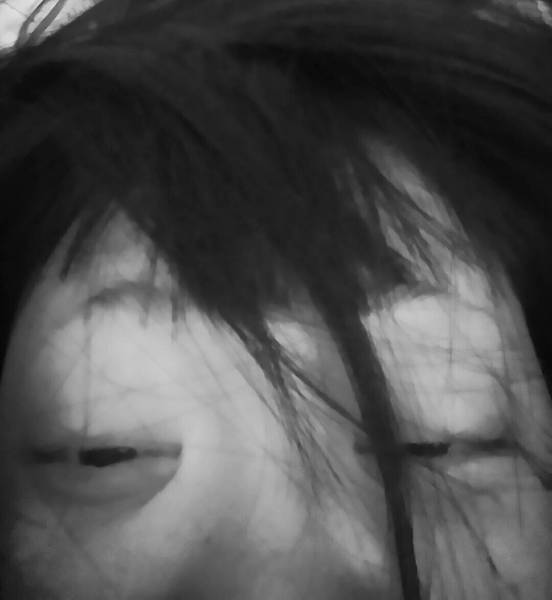
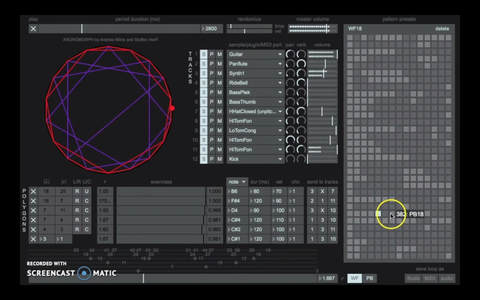





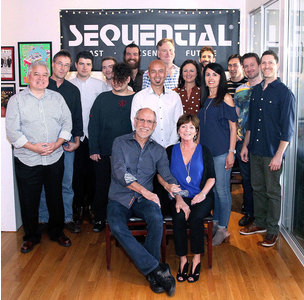

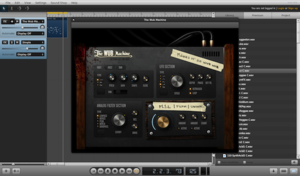
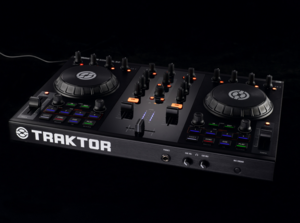

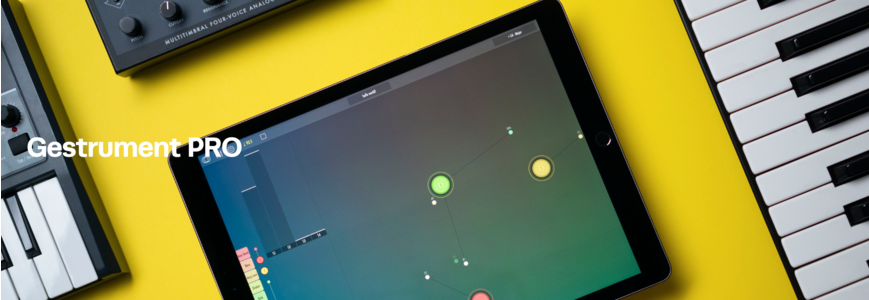




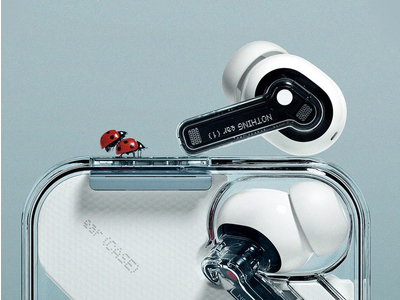





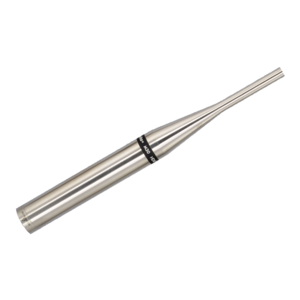
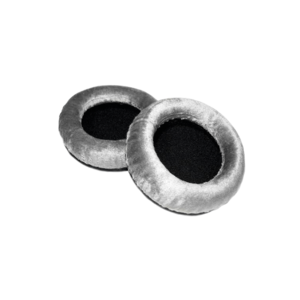

討論區
目前尚無評論